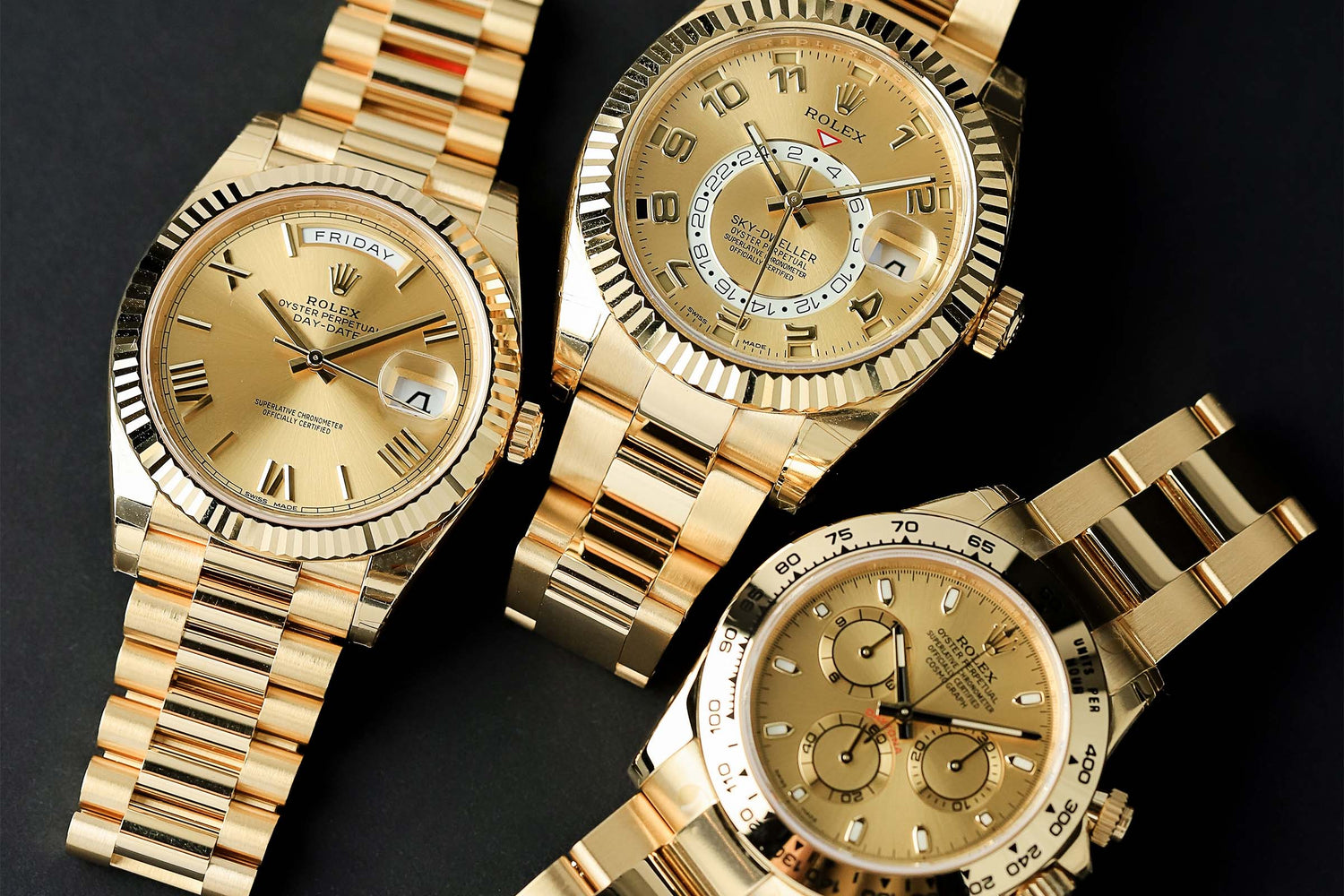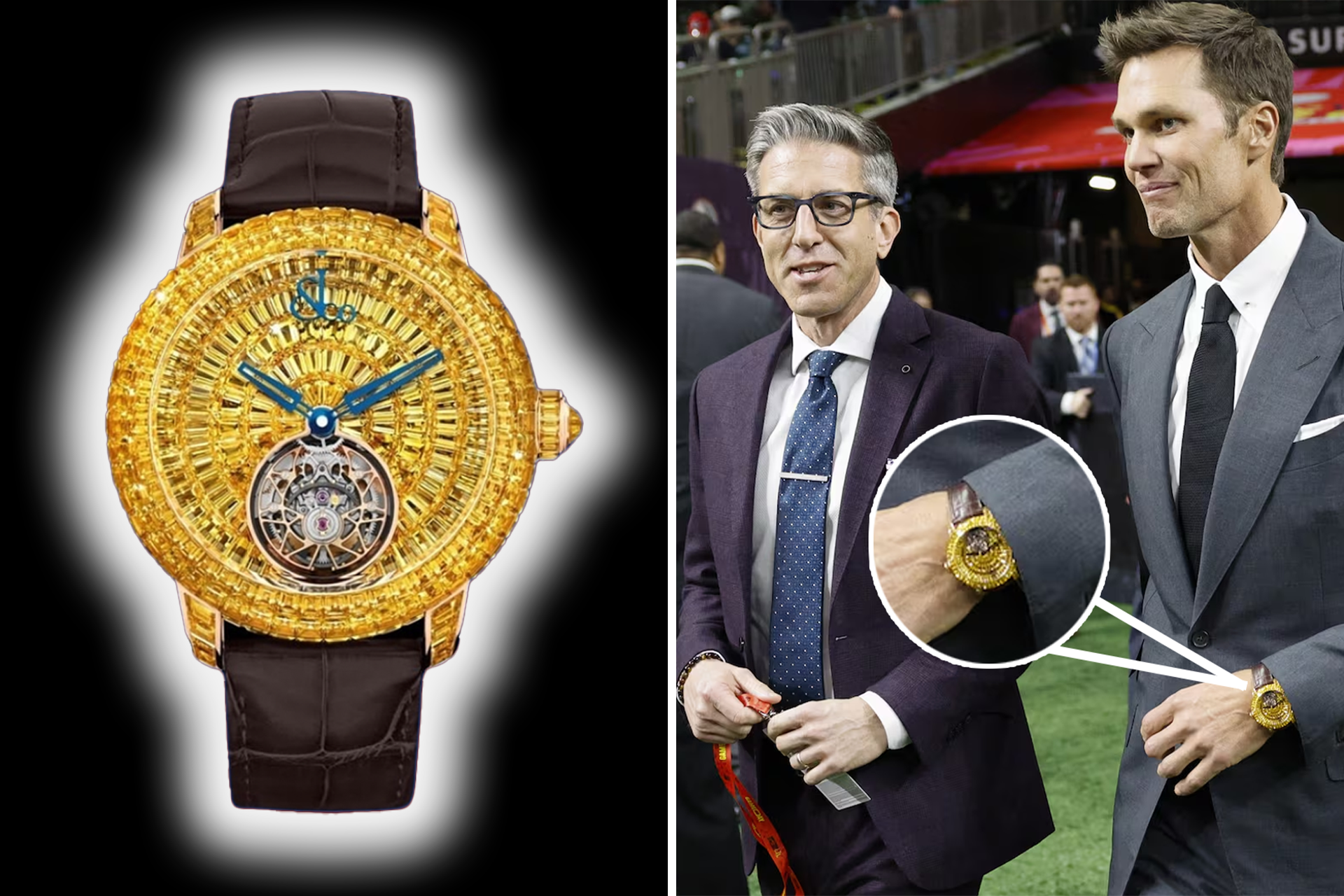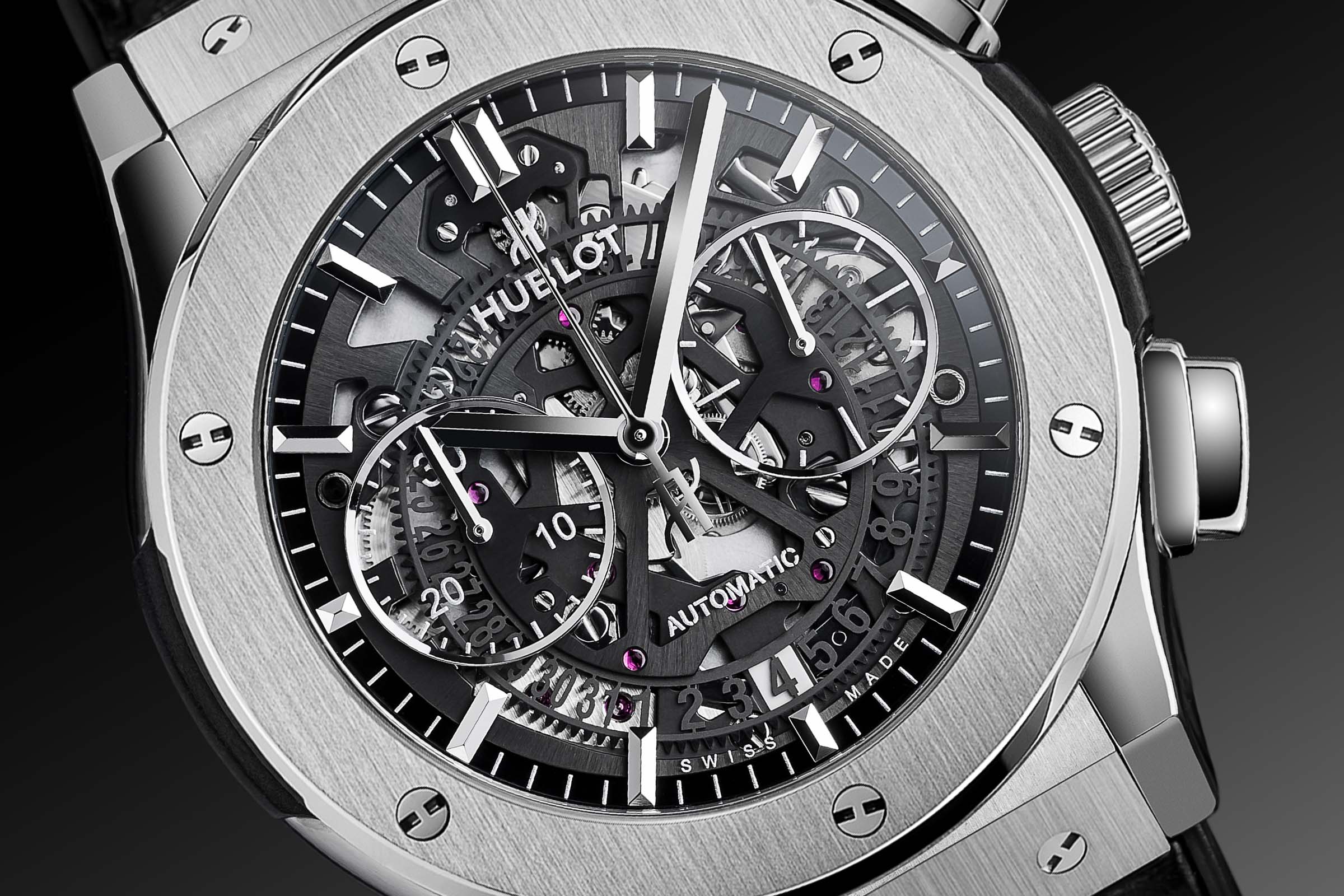Post Contents:
New year, new prices and yes, as expected, Rolex have increased their prices on all of their models, from stainless steel to their precious metal pieces. This annual change was bound to happen with this year’s price changes causing some surprise and turbulence in the secondary market.
Price changes are not limited to the watch industry, the whole luxury goods sector is impacted by the factors surrounding price increases. Brands like Louis Vuitton and Gucci have increased the RRP of their items, but specifically focusing on Rolex, the Swiss horological giant’s prices have risen massively for certain models.

Where is the Noticeable change?
Importantly, price changes have been affected distinctively in different countries, but due to being based in the UK, the main focus will be highlighted on the differences in the UK.
In the past two years, prices have slowly increased with stainless steel models generously rising by 1-2%, this also being the case for platinum pieces.
This is reflected this year, for example the Explorer 40, reference 224270 which retailed for £6,650 last year, is now retailing for £6,750. Analysing a popular example, the Daytona ‘Panda’ reference 126500LN, was retailing for £13,500 last year, now the price has been altered to £13,600.
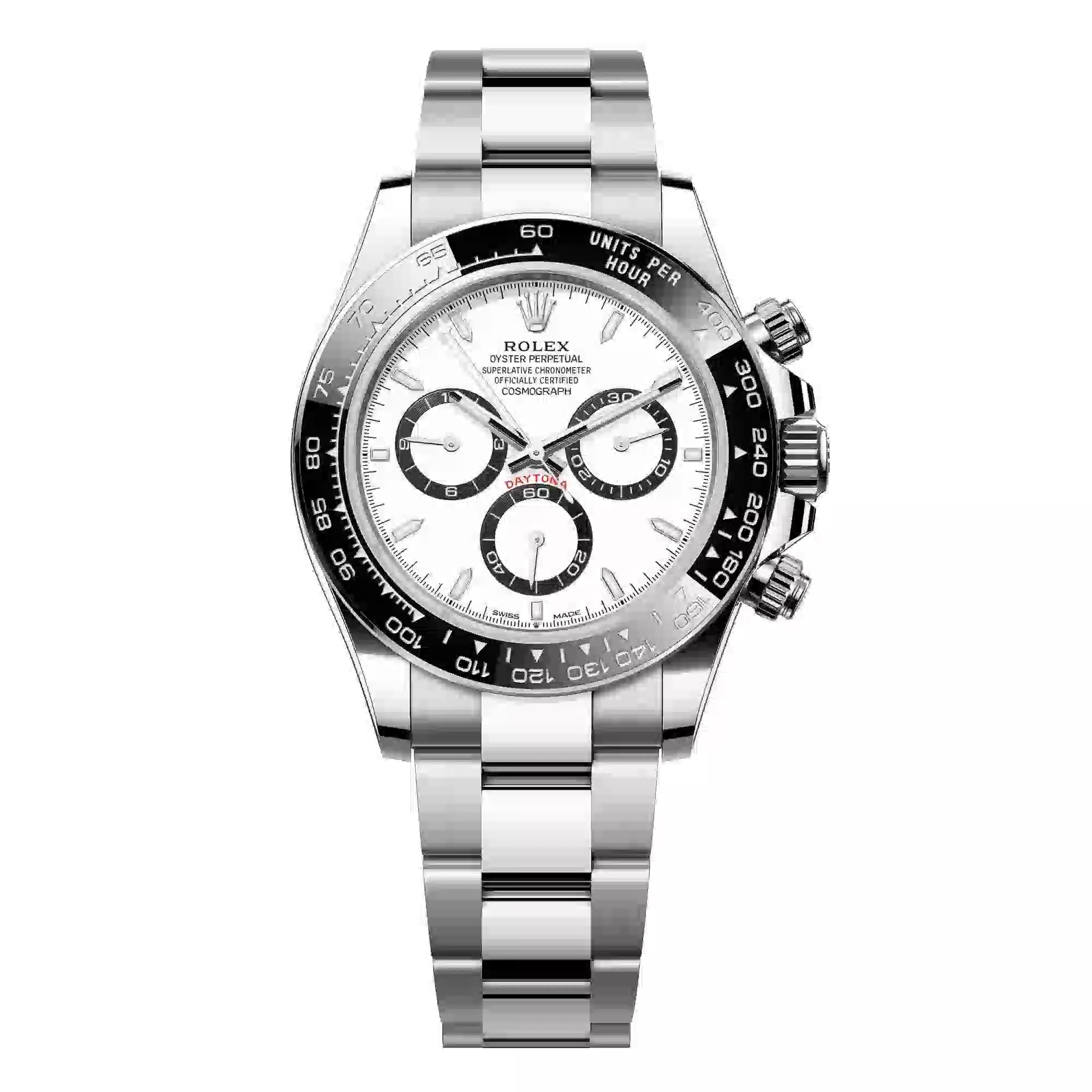
Rolex Daytona 126500LN Steel White Dial Watch
- ▪Stainless Steel
- ▪Black Cerachrom bezel
- ▪ Automatic Movement
Platinum pieces have seen a similar increase in price, even a case of a platinum piece not being affected like the platinum 1908 reference 52506, which remains at £26,800.
Stainless steel and platinum models have barely increased in price, however, the big jump is apparent with the gold models- yellow, rose and white. For some context, from 2023 to 2024, gold models, and this is yellow, rose and white gold, there was a jump in price of around 5% to 9%.
However, this year, the jump has increased, ranging from 7% all the way to 19%, covering full gold models, Rolex options and models paired with the Oysterflex bracelet.

Rolex GMT-Master II Stainless Steel and Yellow Gold Black/Index 116713LN
- ▪18ct yellow gold and stainless steel
- ▪Oyster bracelet with fold over clasp
- ▪Black dial, Black ceramic bezel
Taking a Rolex Sea-Dweller in steel and yellow gold reference 126603, this model was retailed at £15,100. Now, this model is retailing for £17,300 which is a 13% increase in price.
The yellow gold Yacht-Master 42 with the Oysterflex reference 228658 saw an 11.1% increase rising from £25,600 to £28,450.
Lastly, a full yellow gold Daytona reference 126508 soared in price by 19%, being retailed at £34,600 last year and now retailing for £41,200.
In fact, all gold Daytona models are now retailing for over £40,000, rose and white gold specifically are over £44,000 which is insane as these were models retailing around or above £35,000.

As mentioned, stainless steel and platinum models are pretty much unaffected by the price increases but the gold model’s prices have been massively altered. Therefore, there are clear understandings and reasons as to why this has occurred, resulting in an encapsulation of numerous ideas which have led to Rolex’s price changes.
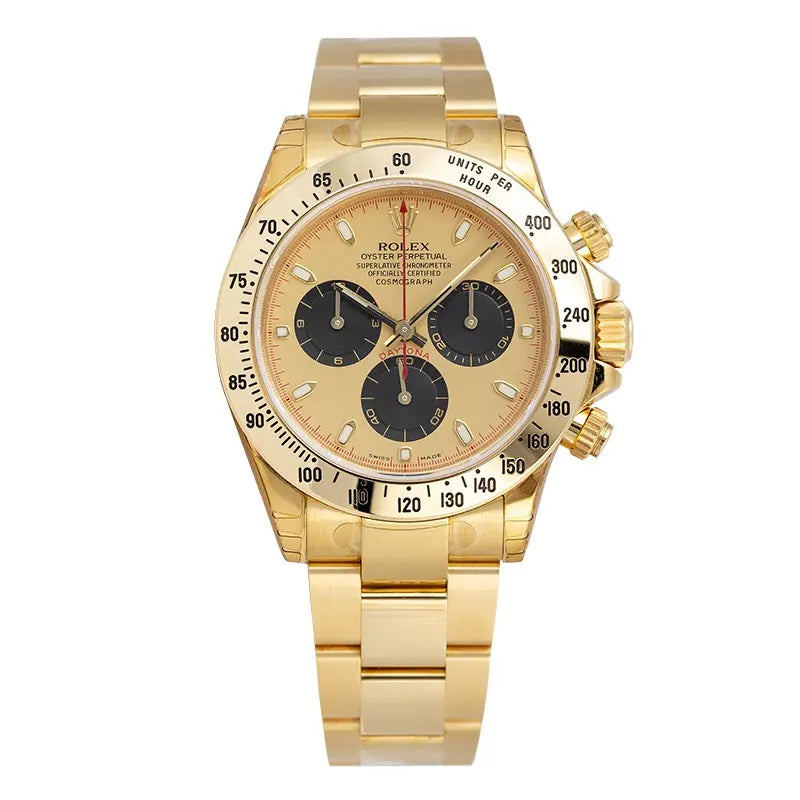
Rolex Cosmograph Daytona Full Yellow Gold Champagne/Black Index 116528
- ▪ Champagne dial with black sub-dials
- ▪Oyster bracelet with fold over clasp
- ▪Full yellow gold, 40mm case
Why have Prices Increased?
Inflation
- As cliché as it may sound, inflation is the main reason why prices are increasing. Unless you have been living under a rock, the whole world has been impacted by inflation, in a nutshell, there has been a general increase in the price of various items.
Production Cost
- Tying in with inflation is production costs- if general prices of items have increased, then so will the cost as businesses will have to buy the items necessary to manufacture and produce their goods.
- What is interesting is the only models severely affected by the price increase are the gold models, steel and platinum pieces see very little increases, indicating the value of gold is impacting Rolex’s production costs.
- Gold’s market value has increased massively over the past five years by over 80%, with the precious metal rising by over 20% last year! Yes, Rolex are known for producing and manufacturing their own gold in their in-house foundry by adding different elements in order to separate their gold from the rest.
- Yet, they still have to buy the gold in its purest form and due to the increased value of gold, we can only imagine that it has affected Rolex’s cost, meaning they have had to increase their retail price of gold watches.
- Ultimately, they are a business so they have to see a margin of profit, therefore it is understandable to increase prices, but by such distance and a rise of 14% on average has horological enthusiasts questioning deeper.
Avoid Reselling
- Luxury items and goods are seen as an investment, but not all luxury goods are profitable so it is important to do research. Although certain Rolex models have a market value higher than the RRP, a majority of watches are valued around the retail mark or trading below list on the secondary market.
- Since the beginning of 2022, prices have fallen dramatically, causing what was known as the market crash and they have continued to drop to this day, but how will the new increased prices affect the secondary market’s prices?
- Old stock will not be affected, but incoming 2025 stock with the adjusted prices will increase their market value. As soon as we see more and more of this year’s models come out, then we will see market prices potentially increase. But, that doesn’t mean fresh models will go above retail, they will most likely match retail or remain below list, similar to the current market trend.
- Increasing their watches so highly on gold pieces could mean that Rolex wants these models to be worn rather than be sold on or retained for investment purposes. Therefore, there is a slight inference that Rolex may want to prevent the idea of investment and stop reselling with the aim to promote people to wear their watches.
Excelling the Calibre of the Brand
Being the biggest watch brand is a title that Rolex have acquired for years, but horological enthusiasts believe that they are not the best. Brands like Patek Philippe, Audemars Piguet and Vacheron Constantin are greater than Rolex in a crafting sense.

Therefore, Rolex may have increased their prices by a higher percentage than normal because they want to excel the calibre of their brand. This is a tactic or strategy that luxury brands tend to use in order to compete or level with brands who are slightly above them.
Of course, one question might be “why would Rolex do that if they are the biggest selling watch brand and the most popular in the world of horology?” Perhaps, Rolex already knows this and plans to aim higher, potentially working on something big.
How will customers and dealers feel?
Naturally, new prices distance customers and it takes time for people to adapt and adjust, yet that doesn’t mean the demand will be lost for Rolex watches, in fact the demand may rise due to the main problem steming from the ability to build up a relationship or rapport with the AD.
To buy a dream watch from Rolex, there are some steps everyone must follow that are part of a process. This includes firstly buying an entry level piece like an Air-King or Explorer, followed by being encouraged to buy a two-tone piece such as a Rolex Datejust and finally a full gold piece, whether that be yellow, rose or white.

After these steps, the authorised dealers finally consider a customer to be in line to get their dream watch. It sounds so simple, yet this process takes many years of constant waiting lists and high spending.
Already, this is one of the many reasons why people buy from secondary dealers and with the new price increases, especially on gold models, people will find it more difficult to buy their dream watches because they will have to spend more than ever.
Therefore, most customers will feel alienated from the ‘AD’ meaning there will most likely be an increase of consumers heading down the secondary market route making this an advantage for the secondary market.
Clearly, Rolex is aiming to attract serious buyers who can follow these steps with ease, inferring they want to attract customers who can afford to wear their watches.
Afford doesn't mean simply having the money to spend, affording goes deeper than that - ‘Can you afford to build up the rapport? Can you afford to wear a Rolex everyday? Can you afford to wear a Rolex within your lifestyle?’
Realistically, Rolex may not be concerned that they will lose a few customers because their focus will remain on those who are extremely enthused about their watches, but can also build an account and rapport with the brand.
Ultimately, it is very early days as the price changes have only recently occurred so it will be interesting to see what exactly happens to the culture in the horological world. Will there be an increase of consumers in the grey market? Will Rolex really lose customers? Could Rolex be planning something big?


